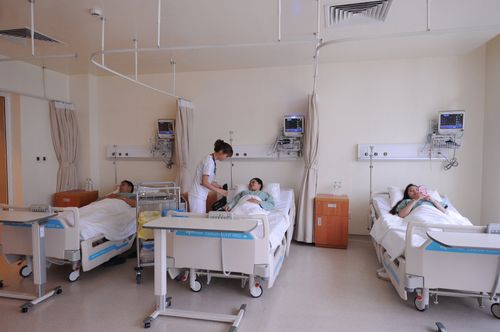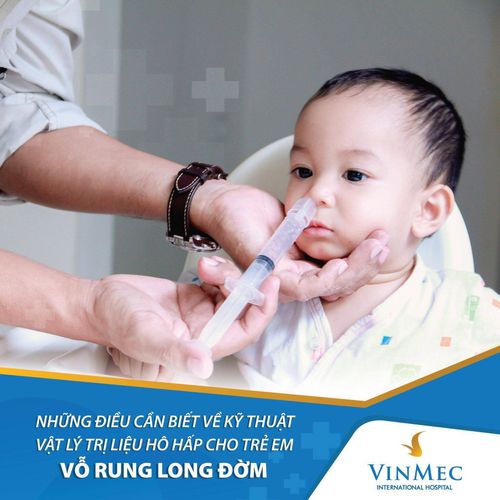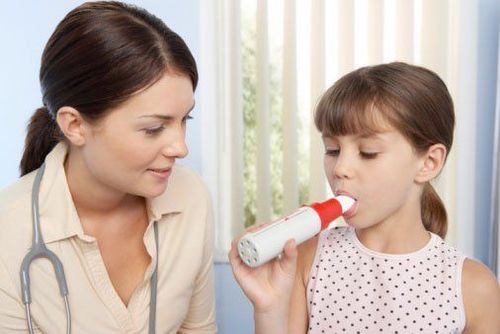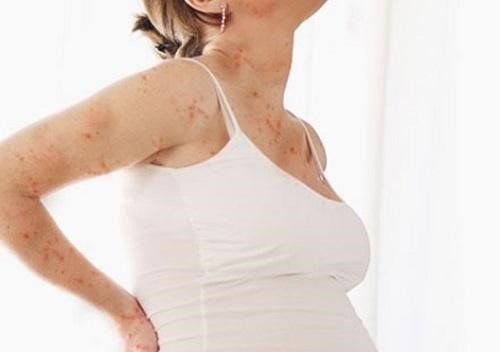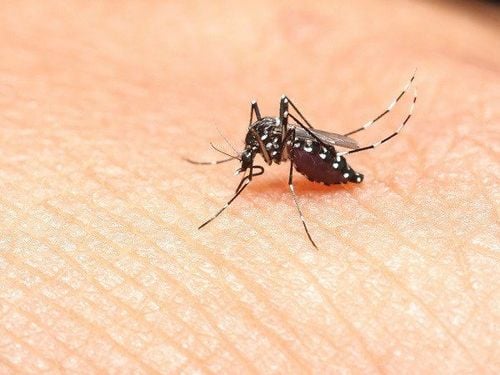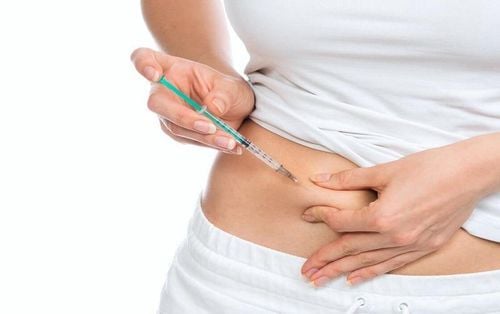This is an automatically translated article.
Physiotherapy in respiratory rehabilitation is performed on patients with chronic lung disease. Physiotherapy to recover from respiratory diseases includes two exercise programs: increasing endurance and increasing muscle strength.
1. What is Physiotherapy for Respiratory Rehabilitation?
Physical therapy to restore respiratory disease is a group of supportive treatment measures for respiratory diseases by physical methods, including:
Postural drainage Chest vibration Breathing exercises Respiratory therapy Practice coughing (stimulating cough, helping cough) The goals of physical therapy methods in respiratory disease recovery are:
To loosen phlegm, easily cough up phlegm in the lungs, bronchi to the side. outside. Clear the respiratory tract. Enhance respiratory muscle strength. Increases lung expansion. Respiratory rehabilitation.
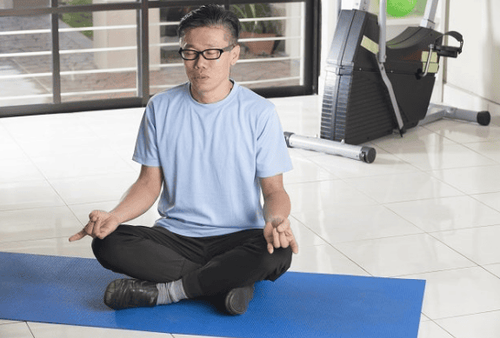
Vật lý trị liệu trong phục hồi bệnh hô hấp
2. Indications and contraindications for respiratory rehabilitation physiotherapy?
Physical therapy to restore respiratory disease is indicated in the following cases:
Patients with respiratory diseases such as asthma, bronchiolitis, bronchitis, pneumonia, upper respiratory tract infection,. .. has stagnant sputum and cannot cough up on its own. Acute exacerbations of the respiratory diseases mentioned above. The patient had a pleural effusion that was drained but had sequelae after the effusion. Lung abscess (stage of pus draining out), atelectasis. Improve ventilation in patients with sputum obstruction in the airways and long-term bed rest (polio, stroke, ...). Patients preparing for or after performing surgery affecting lung volume (thoracic surgery, spine surgery, ...)
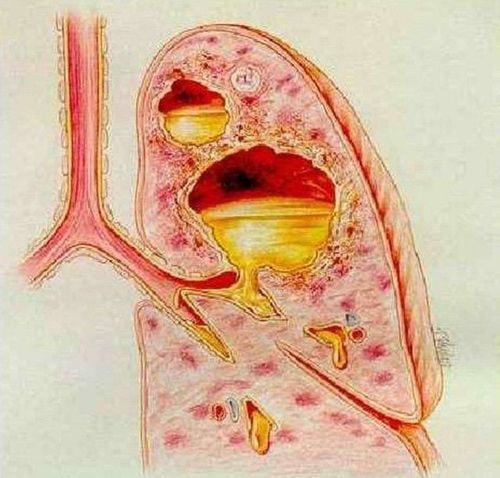
Bệnh nhân mắc áp xe phổi được chỉ định vật lý trị liệu phục hồi bệnh hô hấp
Physical therapy to restore respiratory disease is contraindicated in the following cases:
The patient has signs of acute respiratory failure such as involuntary breathing, groaning, pale skin, pale mucous membranes. Patients with diseases such as infectious, bleeding, pulmonary hypertension, tetralogy of Fallot (not yet operated), ... Measured indicators such as SpO2 < 91%, platelets < 80,000, Hb < 10g/dL .
3. Physiotherapy techniques to restore respiratory diseases
The goal of physical therapy is to restore respiratory function. Depending on the condition and type of disease, the techniques performed will be tailored to the patient.
In some cases, if after performing physical therapy, the patient still cannot cough up sputum on their own, then proceed to aspirate sputum.
For patients with indications for nebulization, it should be done 15-20 minutes before physical therapy.
3.1 Postural drainage
Postural drainage is a technique that puts the patient in positions so that the sputum that is stagnant in the lungs can move out into the small to large bronchi and then out under the influence of gravity.
Postural drainage is a technique to help restore respiratory disease, depending on the damaged lung area to be affected, the technician will ask and guide to place the patient in different positions.
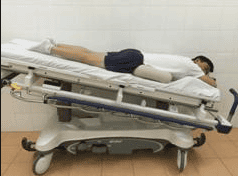
Dẫn lưu tư thế nhằm đưa dịch đờm bị ứ đọng dưới tác động của trọng lực.
3.2 Vibration of the chest
Thoracic pulsation is a technique of using hands to exert mechanical force on the patient's chest, helping to loosen phlegm, stimulate coughing and expectoration so that sputum stagnation in the lungs is expelled.
Vibration is also a supportive treatment for respiratory diseases. When patting, it is necessary to pay attention to patting, evenly, continuously, to avoid pain and injury to the spine and stomach areas of the patient.
3.3 Practice breathing
Patients are instructed to practice breathing patterns such as: slow and prolonged exhalation, slow inhale with the device, active or passive breathing, forced breathing, resistance breathing, active chest breathing, breathing abdomen (diaphragmatic breathing), spontaneous drainage.
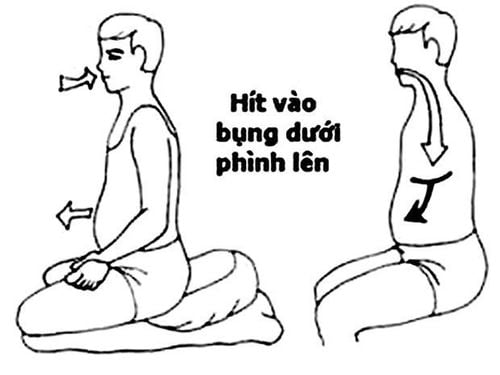
Tập hít thở giúp phục hồi bệnh hô hấp
3.4 Therapeutic movement
Exercise therapy for respiratory diseases is a measure to help improve the patient's physical and health as well as life expectancy, including; Exercise increases endurance and exercise increases muscle strength.
Exercise to increase endurance: Including activities such as walking, cycling, swimming, ... The patient can be instructed to exercise to increase endurance in a continuous or intermittent fashion (applicable to patients). very severe pulmonary embolism), with a frequency of 3-4 times/week. Movement to increase muscle strength: Including activities such as lifting weights, keeping balance, ... Movement to increase muscle strength in respiratory disease recovery includes lower and upper limb movement exercises. In particular, lower limb movement will not affect respiratory function but helps improve exercise capacity, while upper limb movement will both increase the activity of accessory respiratory muscles, helping to reduce the need for ventilation. , both help improve muscle strength. Respiratory therapy is often indicated for patients with chronic obstructive pulmonary disease or other chronic lung conditions (stable stage).
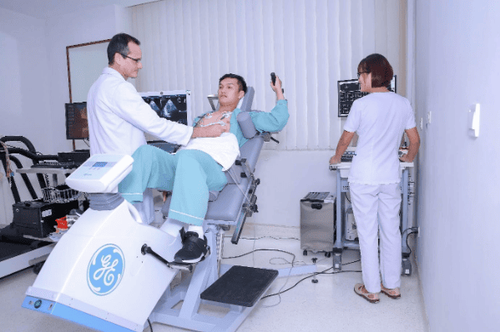
Vận động trị liệu bệnh lý hô hấp bằng cách đạp xe giúp tăng sức bền
4. Notes when performing physical therapy to restore respiratory disease
When performing physical therapy in the rehabilitation of respiratory diseases, it is necessary to note a number of possible complications and how to handle them as follows:
Pay attention to observe and monitor during the exercise to be able to detect show abnormalities, if any. If the patient stops breathing or shows signs of respiratory failure, call a doctor immediately, or give the patient oxygen or a mask. When performing movements such as flapping, it is necessary to be gentle and avoid impacting areas such as ribs, stomach, and spine. For respiratory exercises, it is recommended to perform a variety of exercises, should only practice for about 30 minutes/session, combined with alternating rest, and maintain exercise to achieve high and long-term effectiveness. , combined with bronchodilators and oxygen to achieve desired exercise intensity. Physiotherapy in respiratory disease rehabilitation includes techniques such as postural drainage, vibration, movement, breathing exercises, cough exercises, ... are performed to loosen phlegm, stimulate cough and expectoration. , helps to open the respiratory tract, thereby improving and restoring respiratory function for patients.
Vinmec International General Hospital has used physical therapy methods in examining and treating many diseases, including respiratory diseases. The process of performing aerosolization at Vinmec is carried out methodically and in accordance with standard procedures by a team of highly skilled doctors and nurses, modern machinery system should bring about high treatment efficiency, limited patients. many dangerous complications.
If you have a need for medical examination by modern and highly effective methods at Vinmec, please register here.




